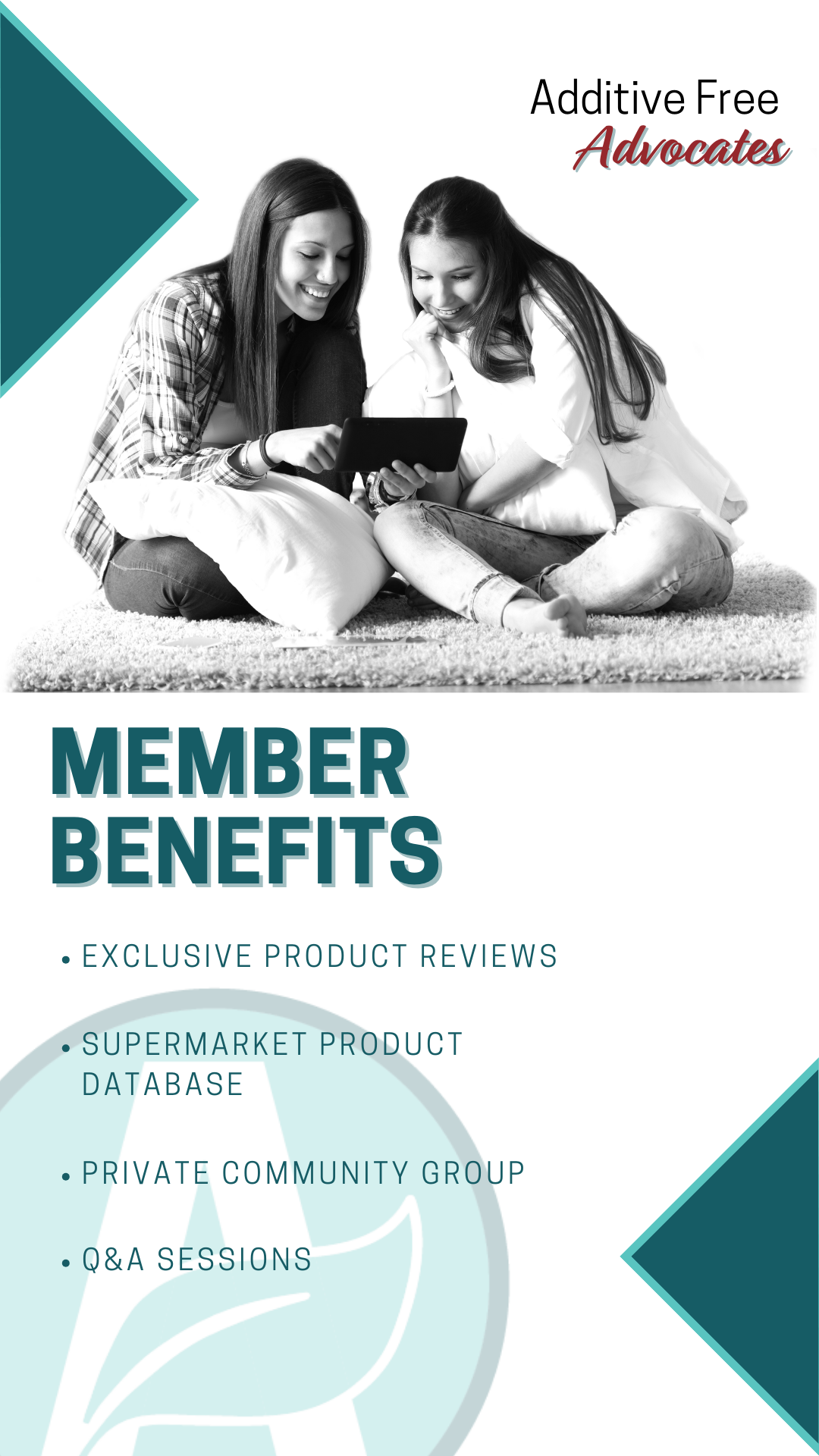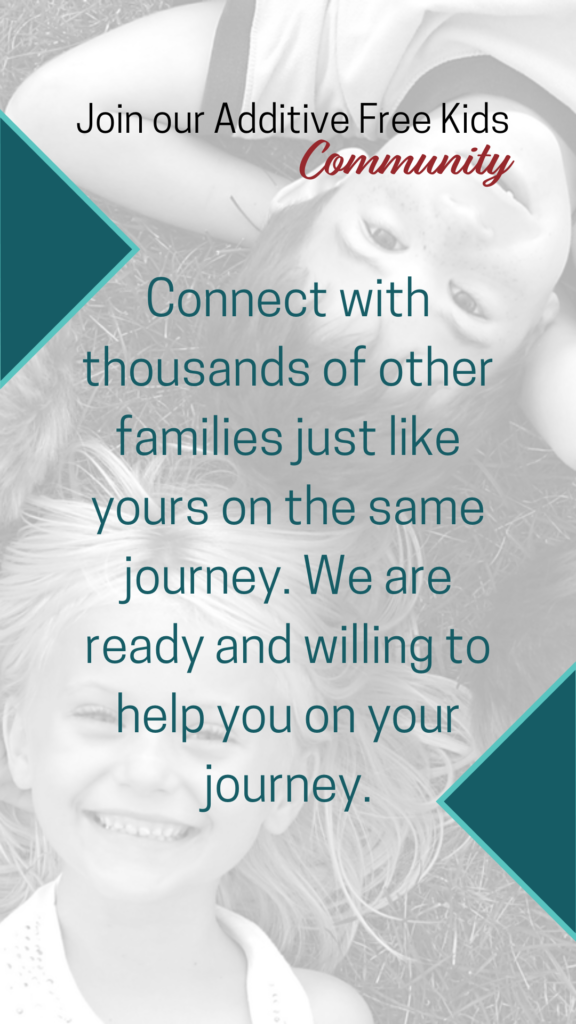A new study has been published 8 January 2020 in the International Journal of Environmental Research and Public Health, discussing the arsenic concentrations and dietary exposure in rice based infant food in Australia.
What was the purpose of this study?
The purpose of this study was to determine the arsenic concentration and dietary exposure in:
– infant rice milk,
– cereal,
– crackers and
– pasta
It also investigated the relationship between aresenic concentration and
– rice content,
– rice type and
– product origin.
Given the popularity of rice and rice based foods with the rise of the gluten free movement, infants and young kids have the potential for higher levels of arsenic exposure than the general population. This is because infants and toddlers have a higher food consumption rate per body weight, which increases the risks of dietary exposure to arsenic via rice for this age group [1]
What were the key findings?
– Nearly 75% of samples had inorganic exceeding the EU maximum levels for infants and children (0.1 mg kg−1) and the mean inorganic arsenic percentage of total reached as high as 84.8%.
– High total arsenic concentrations was positively correlated with rice content and also related to brown (wholegrain).
– Estimates of dietary exposure showed that infants consuming large amounts of rice pasta or crackers will have an increased risk of health impact associated with excess intake of arsenic through dietary exposure.
– The current Australian guidelines for arsenic in rice (1 mg kg−1) are above the WHO or EU guideline and therefore, will be less protective of high sensitivity consumers like infants and children.
What is arsenic? Is it harmful?
Arsenic is a naturally occurring metalloid (ie has properties that are both metal and non metal). It is classified as a Group A carcinogen [2] The United States’ Environmental Protection Agency states that all forms of arsenic are a serious risk to human health.
Arsenic can be found in nature and in man made products, including pesticides. There are low levels of arsenic found in soil, water and air. It is taken up by all plants as they grow (and hence makes it into our food). Arsenic is more concentrated in leafy vegetables, rice, apple, grape juice an seafood. [2]
Low doses of arsenic with long term exposure may change the way cells communicate and reduce their ability to function. [3] Recent studies at Dartmouth suggest that arsenic may act as an endocrine disruptor by binding to hormone receptors. This interferes with normal cell signalling. This disruption may contribute to the development of diabetes, cancer and vascular disease [3]
Studies of arsenic concentrations in infant rice-based products have reported elevated arsenic exposure to infants and young children in many countries.
What does organic and inorganic arsenic mean?
The difference between organic and inorganic arsenic comes down to whether atoms of arsenic have bonded with other elements to form molecules including carbon.
If carbon is one of these elements, then the arsenic compound is an organic compound. If carbon isn’t present, it is an inorganic compound. Inorganic arsenic is a known human carcinogen.
Simply you will find organic arsenic in plant and animal tissues. You will find inorganic arsenic in rocks, soil or dissolved in water. It is inorganic arsenic that is linked to increased risks of cancer and other health effects.
Australian guidelines lacking again…
There has always been a potential risk of arsenic in infant rice based food globally. However, guidelines weren’t established for this age group until 2016, when the European Union set a maximum level of inorganic arsenic of 0.1mg kg-1 for rice use used in the production of food for infants and young kids.
The current Australian current maximum level for total arsenic in rice (1.0mg kg-1) is more than three times higher that the proposed WHO levels for total arsenic (0.3mg kg-1) which was established for adults.
What examples were included in the study?
Thirty-nine samples representing four infant food categories:
rice milk powder (1 brand)
rice cereal (including rice porridge and rice congee),
rice crackers (including rice cakes and rice biscuits) and
rice pasta (1 brand)
were purchased from supermarkets in Melbourne Australia between April and May 2017.
The selection of products covered 11 brands from 6 countries of origin as well as various rice types, including:
– brown,
– white,
– organic and
– inorganic rice.
Which rice products contain more arsenic?
According to the study, the total arsenic concentrations in infant rice-based food increased in the following order:
rice milk powder
rice pasta
rice cereal
rice crackers
How much rice is ok for our infants and young children to consume?
Based on the results, for 2–5 year-old children in Australia, rice pasta and crackers may have an unacceptable risk of arsenic dietary exposure when consumed in high quantities while rice milk powder and cereal are unlikely to pose any risk.
The concern is that Australian children are consuming multiple services of these products on a regular basis.
The recommendations coming out of the research (and discussions with the researchers) are that Australian parents should use the EU guideline for infants and young children. A safe daily rice consumption limit for Australian children aged up to 5 is:
- 1 serving of rice pasta (25g) OR
- 2 servings of rice milk formula (10g total) OR
- 2 servings of rice cereal (40g total) OR
- 3 servings of rice crackers (27g total)
Are there some brands that are better or worse than others?
The researchers have provided recommendations based on EU guidelines for infants and young children, as opposed to specific brands.
Is buying organic better?
Unfortunately buying organic rice doesn’t mean that you will avoid arsenic. Organic rice has been shown to have higher inorganic arsenic than inorganic rice. It is thought that this is due to the the wholegrain rice being included in the organic product. [4].
Is buying brown rice better?
Researchers have also reported that brown rice has higher concentrations of total arsenic and inorganic arsenic than white rice, with arsenic being localised at the surface of brown rice compared with being dispersed throughout the grain in white rice [5]
So what should parents do from here?
It is up to you….however…if you wait for the Australian guidelines to catch up, you may be waiting a while. You can take responsibility for your health and that of your family right now. Why wait?
I would look at all forms of rice that are being consumed by your family:
- rice
- rice milk
- rice crackers
- rice cakes
- rice syrup [6]
It is very hard to determine the arsenic levels contained in products on the supermarket shelves. These really need to be determined by lab testing.
Personally…I will be using the EU guidelines to guide our family consumption of rice. I will also ensure our rice is soaked the night before, then rinsing the rice until the water runs clear to reduce as much of the arsenic as possible prior to cooking [7]
Let me know, will you wait for Australia to change their guidelines, or will you be taking responsibility for your family’s health now.
Join the AFK Community
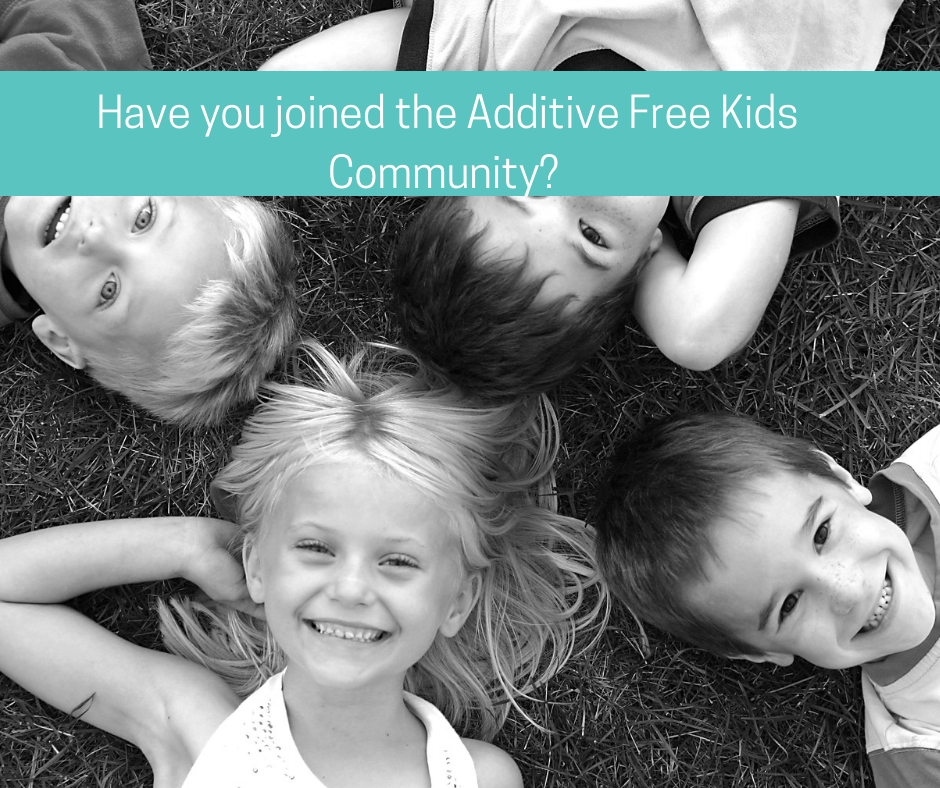
If you would like to be kept up to date with the latest news, product reviews, new products joining the Additive Free Marketplace and giveaways come and join us in the Additive Free Kids Community group.
There are over 4,200 beautiful community members that are ready to support you on this amazing additive free journey.

Frankie Bell is the Managing Director of Additive Free Kids, a food coach, mentor and is one of Australia’s leading activists against additives in foods.
Frankie is a mum to 5 boys and has personal experience working through the damaging effects of additives to resolve the multiple health issues and behavioural problems in her own children. It became Frankie’s purpose to help other families achieve the same improvements for their families.
These changes can be overwhelming, especially for time poor parents, Frankie has done all the hard work for families to ensure they have access to additive free food, anytime, anywhere. Additive Free Kids specialises in assisting families to live healthy lives free from additives. See how you can work together with Frankie here
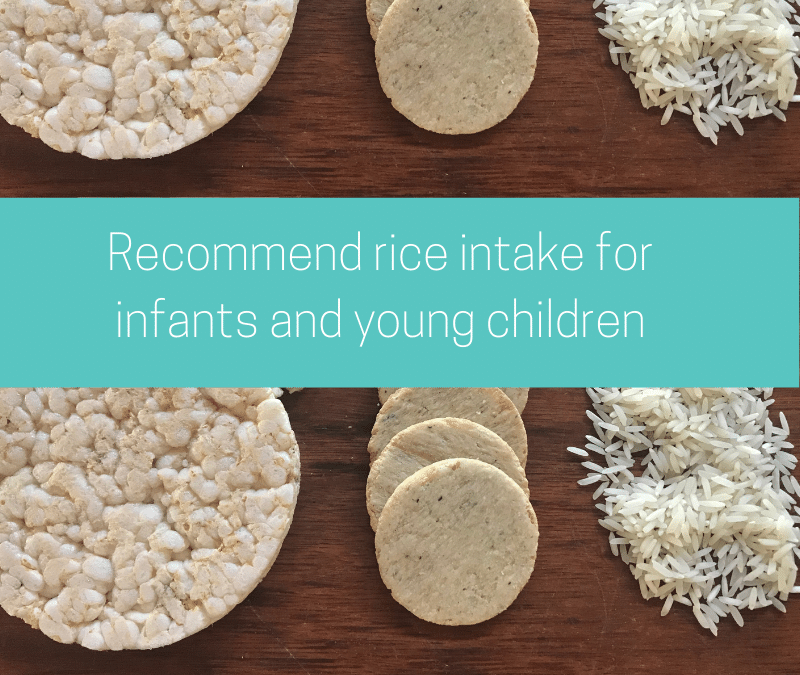
 My passion and mission is to work with families to reduce the overwhelm when going additive free. Moving to additive free living can bring back peace, calm and joy to families. I know it's possible and I've experienced it first hand with my 5 boys.
My passion and mission is to work with families to reduce the overwhelm when going additive free. Moving to additive free living can bring back peace, calm and joy to families. I know it's possible and I've experienced it first hand with my 5 boys.

